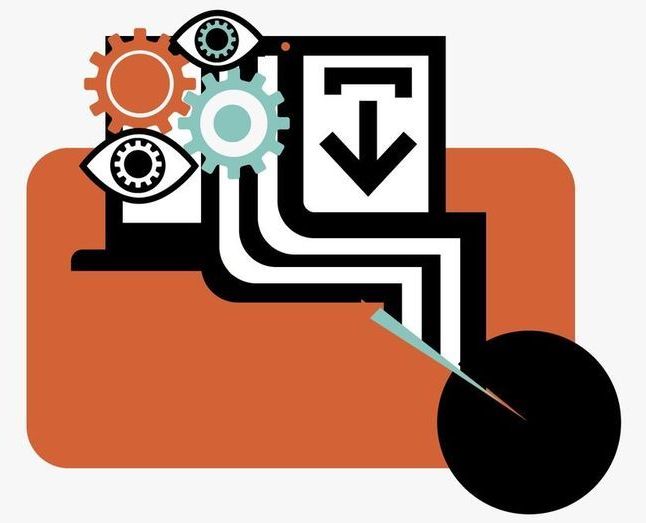A SpaceX Crew Dragon spacecraft will make its first splashdown with NASA astronauts today in the Gulf of Mexico. Watch it live.
Get the latest international news and world events from around the world.
New Perovskite Solar Cell Another Nail In Natural Gas Coffin
Just a few years ago, low cost natural gas was the main force pushing coal out of the power generation market, and now low cost solar power is sneaking up on low cost natural gas. So far the competition is a trickle, not a flood. However, natural gas stakeholders don’t have much breathing room left, as indicated by the latest perovskite solar cell research.



Intelligent Machines: The New Clients of Banks?
My prediction is that around the late 2030s machines will start to own assets and liabilities and through this, they will rise to the status of ‘banking clients’.
How did I arrive at this conclusion?
Step 1: Mezzanine AI
My prediction is that weak and narrow AI will slowly, gradually and smoothly mature and bend into ‘mezzanine AI’.

AI Is All the Rage. So Why Aren’t More Businesses Using It?
For a lot of smaller companies, AI isn’t part of the picture—not yet, at least. “Big companies are adopting,” says Brynjolfsson, “but most companies in America—Joe’s pizzeria, the dry cleaner, the little manufacturing company—they are just not there yet.”
A big study by the US Census Bureau finds that only about 9 percent of firms employ tools like machine learning or voice recognition—for now.

SpaceX says Starlink internet has ‘extraordinary demand,’ with nearly 700,000 interested in service
SpaceX said Starlink, its nascent satellite internet service, has already seen “extraordinary demand” from potential customers, with “nearly 700,000 individuals” across the United States indicating they are interested in the company’s coming service.
Due to the greater-than-expected interest, SpaceX filed a request with the Federal Communications Commission on Friday — asking to increase the number of authorized user terminals to 5 million from 1 million. User terminals are the devices consumers would use to connect to the company’s satellite internet network.
The request comes about a month and a half after SpaceX updated its Starlink website to allow potential customers to “get updates on Starlink news and service availability in your area.” Registering one’s interest in Starlink service meant simply submitting an email address and postal address, with no fee required to receive updates.

How AI is uncovering the ‘dark matter of nutrition’
The COVID-19 pandemic didn’t just transform how we work and communicate. It also accelerated the need for more proactive health measures for chronic health problems tied to diet. Such problems have emerged as a top risk factor for coronavirus and people with poor metabolic health accounted for half of COVID-19 hospitalizations in some regions around the world. The resulting high numbers led the authors of a report in The Lancet to issue a call for more resources to tackle metabolic health to avoid needless deaths.
Thankfully, new tools have been developed to offer comprehensive understanding of nutrition. This expertise and technology won’t just help us tackle metabolic health – it could help us finally fully realize the power of plants to improve health and wellness outcomes.
